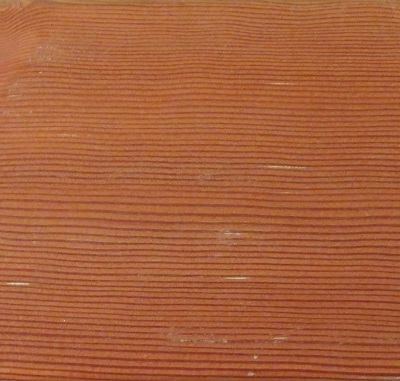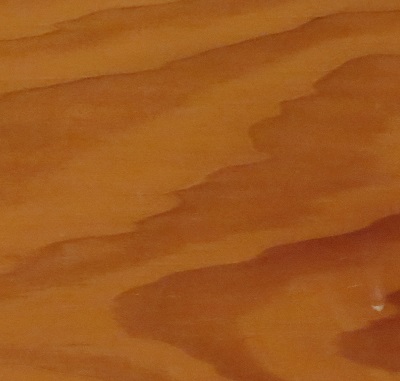The construction industry is responsible for one third of the waste in the Metro Vancouver region and the region is working very hard to reduce that with new bylaws. If your home is pre-1950 you need to recycle 75% to 90% of the material depending on whether your house has character designation. If your home is pre-1910 you need to salvage at least 3,000 kg of wood. This sounds like a lot but it basically means you have to deconstruct your house, not just bring in a backhoe and knock it down like people used to. Before these rules came in, we watched a house just like ours a few doors down get flattened and put into a dumpster by 2 guys with a backhoe in a single day.
Unbuilding is without a doubt slower, more labour intensive, and adds to the cost of a renovation. Everything has to be separated just like you do for your blue box so that materials can be handled differently. People argue that deconstruction labour increases the cost of building adding to our housing crisis. I’d argue that is a specious argument and that extra cost of unbuilding is minimal. When land values start at over $1,000,000 in Vancouver what real difference does it make to spend an extra few thousand dollars on labour? Many people spend more on appliances. It is the land value that is the problem with housing in Vancouver. I’d argue that unbuilding creates more employment and stops the use of virgin resources. Even if the wood is only chipped for making particle board, compost, or fuel, that is one less tree that has to come down. Finally, the vast majority of homes in Vancouver were built post 1950, have less character, and were built with more modern methods that can be sacrificed to the wrecking ball with less impact on the heritage fabric of our city. Our house was built with dense, close grained wood that just does not exist anymore. When drywalling after moving in, i had to buy more expensive drywall screws because the cheap ones would snap when they hit iron hard studs. Our 8″ fir baseboards (which unfortunately have about 5 layers of paint on them) are pretty much irreplaceable as are the moldings around our windows and doors. They were built with trees that were likely 500 years old.


Since our basement was not finished at the same time as the main floor, we are not having to make agonizing decisions about architectural salvage. Our unbuilding plan is pretty straight forward and perfect for DIY if you are looking to save money on a renovation no matter what age your house is. It just means you have to take your time and separate materials for different waste streams. It doesn’t mean it all has to be kept pristine and able to go back into construction.
- new drywall i put in downstairs a decade ago can all be recycled, older drywall might have asbestos and needs to be handled separately.
- interior walls and trim in the basement can be taken apart, and separated after the nails are removed for recycling.
- wire can be separated for recycling easily enough. We will salvage and reuse the new plugs, switches, and faceplates we put in.
- windows can be removed whole and go to the ReStore
- copper pipes can be recycled
- ductwork can be disassembled and recycled.
- old cedar shingle siding will be separated for the chipper.
- chimney bricks we hope to use for paths, what we don’t need can be passed on (let us know if you want some)
- the foundation will be crushed and used as fill.
This is all part of the learning curve so we will keep you updated on how much we can keep out of the landfill.
Leave a Reply